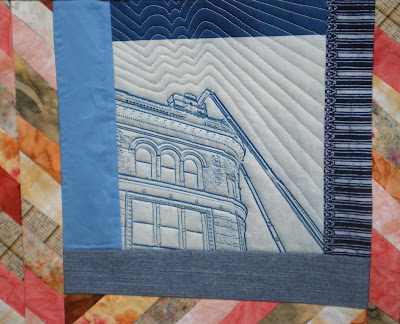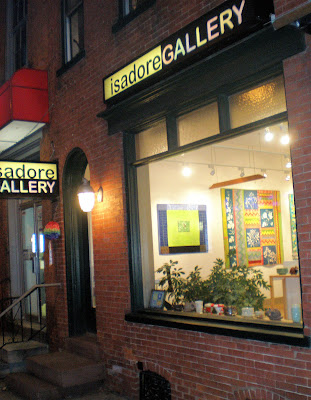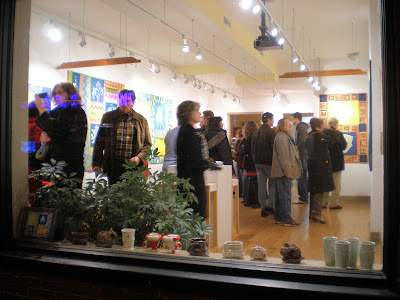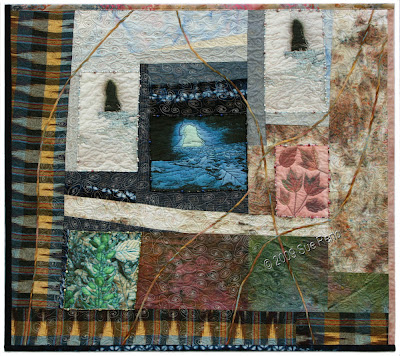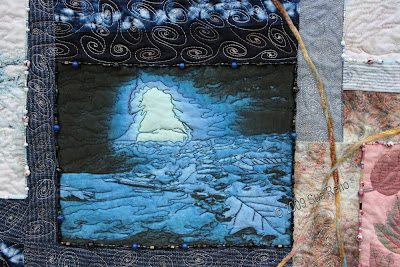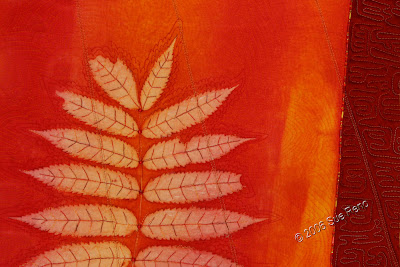 I've put together another top in Watt & Shand series. It features images from February of this year, when the construction was starting to wind to a close. A worker was on the roof of the original building, installing the replacement balustrades when I took these pictures.
I've put together another top in Watt & Shand series. It features images from February of this year, when the construction was starting to wind to a close. A worker was on the roof of the original building, installing the replacement balustrades when I took these pictures. My focus for the design of #8 was on repetition and scale, and I kept the color scheme somewhat muted, at least by my standards, so as to key in on these elements.
My focus for the design of #8 was on repetition and scale, and I kept the color scheme somewhat muted, at least by my standards, so as to key in on these elements. One thing I am enjoying about working so intently on this series is the familiarity I am gaining with the details of the building. I've spent years taking the photos, a lot of time choosing, editing and tweaking the ones for each quilt, and then more time putting the prints onto fabric in various ways. This is all followed by a lot of intensive stitching, tracing the outlines of the windows, the stonework, the Beaux Art ornamentation, and construction structures like scaffolding and cranes. It's all been time well spent, for at this point I feel like I know my subject matter, in terms of line and form, very intimately. It's opened me up to new lines of thought and expression because I am so confident of the fundamentals.
If you are new here, you can follow this project back to its inception by clicking on "Watt & Shand" under Labels in the right sidebar. And if you have been following along for some time, thank you very much, I so appreciate everyone who checks in and comments.

